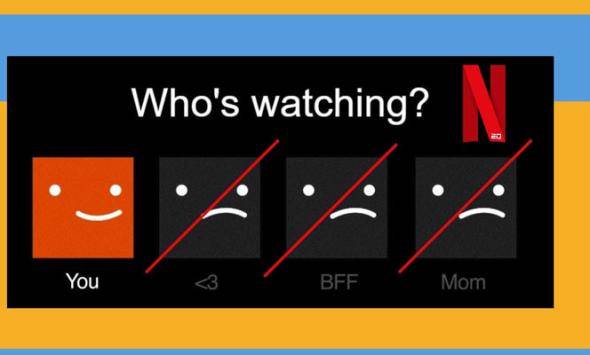If you share or borrow someone else's Netflix password, be prepared to start paying for it. The streaming service has been warning about a password-sharing crackdown, and it appears that they are almost ready to implement some new rules.
Netflix stated in a letter to shareholders last week that it plans to roll out paid account sharing "more broadly" by the end of the first quarter of 2023. According to Netflix, more than 100 million households share accounts, which “undermines our long-term ability to invest in and improve Netflix.”
Executives explained in the letter that while some users are expected to cancel their accounts when paid sharing is launched, "borrower households" will create their own accounts.
The details of how and how much the paid password sharing will cost have yet to be revealed.
Features Netflix trialed in Latin America in March for about $3 or $4. During the company's earnings call last week, COO and Chief Product Officer Greg Peters stated that the company is working to find a solution to “the right price points.”
When Netflix tested a log-in verification process in 2021, it was already looking into ways to reduce password sharing. If a user who the company suspected was not the account owner attempted to log in, Netflix would send a code to the account owner via email or text. The code had to be entered within a certain time frame or the user would be unable to access the service.
In March 2022, Netflix began testing two new features in Chile, Costa Rica, and Peru: the first allowed members to add a sub-account for people living outside their household for a small fee, and the second allowed users who shared an account to transfer their profile information to a new account or sub-account.
Netflix warns that devices connecting to your account from outside your household may be blocked in these countries. Netflix can detect devices outside your home using data such as “IP addresses, device IDs, and account activity from devices signed into the Netflix account.”
After blaming password sharing and increased competition from other streaming services for its first loss of subscribers in more than a decade, executives hinted at another crackdown a month later.
According to The Verge, Netflix tested a separate feature in another round of countries in July that allowed users to buy additional "homes" to use a TV or TV-connected device outside their household. Users could purchase an additional "home" to gain access to Netflix outside of their home. According to Netflix, any TVs that were not connected to the additional home were blocked after two weeks.
Then, in November, Netflix introduced a new feature that allows you to see which devices have streamed from your account and log out those you don't want to have access to "with just one click." Though Netflix recommends using the feature to log out of a hotel TV or a friend's device while on vacation, you can also remove any device using your login.
Netflix's decision to address password sharing represents a departure from the company's previous attitude toward the common practice. Netflix's then-CEO Reed Hastings (who stepped down as CEO last week) stated in 2016 that users would not be charged for sharing their passwords. Instead, he described password sharing as "something you have to learn to live with," according to CNBC.
Hastings was also not a fan of advertisements, viewing them as a distraction from the service's entertainment value. However, Netflix introduced a fourth plan, "Basic with Ads," in November, which includes a "average of 4 to 5 minutes of ads per hour." This plan also excludes access to Netflix's entire library.


